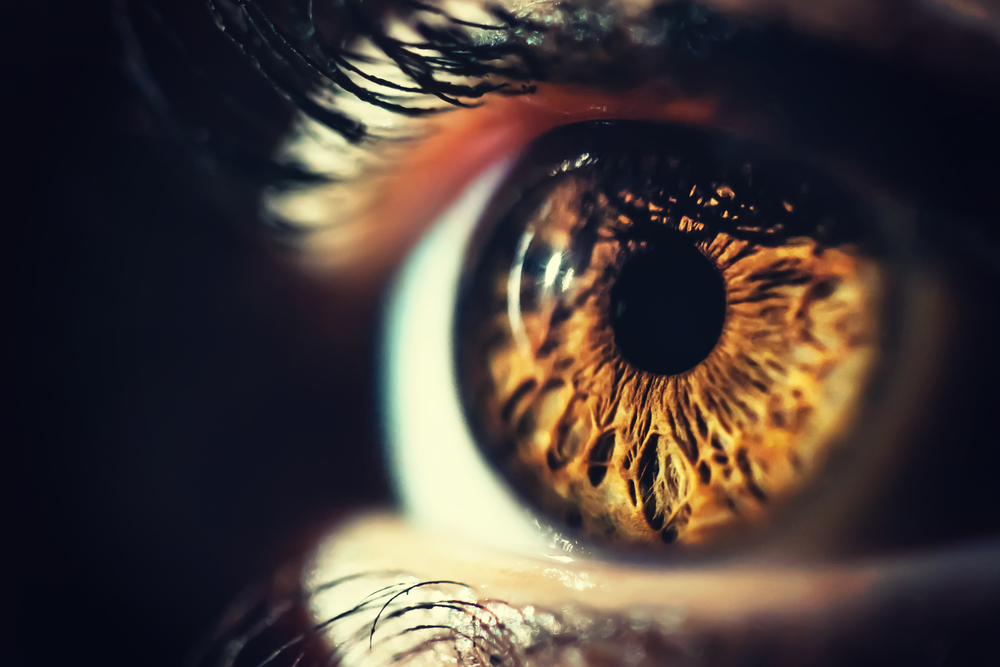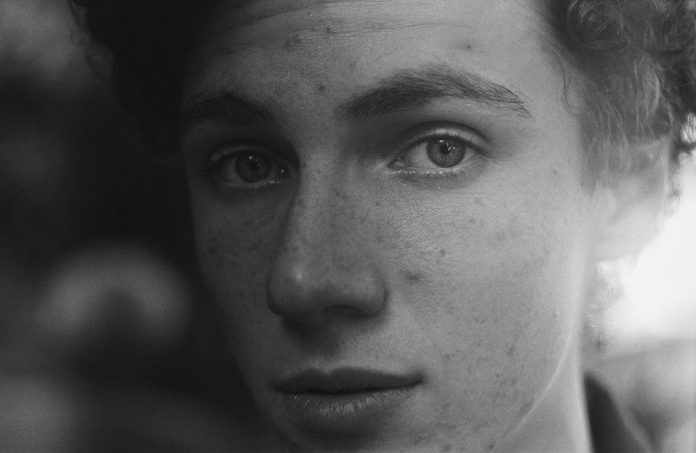Composition is one of the most important aspects of photography, and two of its most effective tools—fill the frame and negative space—couldn’t be more different. Yet, when you understand how and when to use each, your photos begin to tell stronger, more intentional stories. It’s not just about what’s in the photo—it’s about how much of it fills the viewer’s attention.
In this article, we’ll explore what it means to fill the frame, how negative space can enhance your subject, and how to strike the right balance between them. Whether you’re just starting out or refining your craft, mastering these techniques can elevate your work from snapshots to thoughtful visual storytelling.
Table of Contents
- What Is Fill the Frame?
- Why Fill the Frame Matters
- Understanding Negative Space
- When to Use Each Technique
- Balancing Both for Impact
- Frequently Asked Questions
What Is Fill the Frame?
To fill the frame means exactly what it sounds like—your subject dominates the composition. By moving closer or zooming in, you remove distractions from the edges of the image and focus the viewer’s attention where you want it most. When you fill the frame, every inch of your photo contributes to the story you’re trying to tell.
This technique is instrumental in portrait, wildlife, and macro photography, where fine details—like texture, emotion, or expression—take center stage. Think of a close-up of a weathered fisherman’s face, a butterfly’s patterned wings, or the sharp lines of a city skyline at sunset. By choosing to fill the frame, you make those details impossible to ignore.
One of the easiest ways to improve your photos instantly is to get closer. Many beginner photographers leave too much unused space in their images, allowing distractions to creep in. Learning to fill the frame teaches you to think intentionally about what belongs in your shot and what doesn’t.
Why Fill the Frame Matters

Photo by Milos Batinic via Shutterstock
Filling the frame gives your images strength and presence. It creates a sense of intimacy, allowing the viewer to feel connected to the subject. This technique is particularly effective when the goal is to emphasize emotion or texture, as there’s no visual competition from the background.
When you fill the frame in photography, you also simplify your composition. There’s less to process visually, which helps your subject stand out more clearly. For instance, if you’re photographing a musician mid-performance, filling the frame with their face and instrument captures the energy and focus of the moment far better than a wide shot of the stage.
However, there’s an art to it. Filling the frame doesn’t mean you need to crop out everything else—it means you’re deliberate about what occupies the space. A cluttered image, even one that fills the frame, can feel chaotic. Intentional composition is what turns close proximity into powerful storytelling.
Understanding Negative Space

Photo by Evannovostro via Shutterstock
Negative space is the area around your subject that gives it room to breathe. It’s the visual pause between elements, and when used correctly, it can add elegance, calm, or even tension to your photos. While fill the frame draws viewers in, negative space invites them to linger.
Imagine a lone tree in a snow-covered field or a surfer framed against an expanse of open ocean. The emptiness amplifies the subject’s presence, giving it more weight and meaning. Negative space isn’t about what’s missing—it’s about using emptiness as a compositional element in itself.
This technique works beautifully in landscape, architectural, and minimalist photography. It allows you to guide the viewer’s eye, emphasize simplicity, and create a sense of scale. By giving your subject space, you give your composition balance and breathing room.
When to Use Each Technique

Photo by muratart via Shutterstock
Choosing between fill the frame and negative space often depends on the story you’re telling. If your goal is to highlight emotion, texture, or action, filling the frame can create immediacy and impact. It pulls your viewer directly into the moment. On the other hand, if your intent is to evoke calm, isolation, or scale, negative space can be far more effective.
In practical terms, think of a street portrait versus a desert landscape. The portrait benefits from a tight composition where you fill the frame to capture expression and detail. The desert, however, gains power through emptiness—letting the vastness emphasize solitude and distance.
Experimentation is key. Even within the same scene, you can take two dramatically different photos—one that fills the frame, another that embraces negative space—and each will tell a different story. The more you practice, the better you’ll understand when to apply each approach to match the emotion or mood you’re aiming for.
Balancing Both for Impact

Photo by Natalja Petuhova via Shutterstock
Great photographers don’t see fill the frame and negative space as opposites—they see them as tools that complement each other. Learning how to balance both gives you the flexibility to adapt to different subjects, settings, and moods.
Sometimes, you might fill the frame with a main subject while using subtle negative space in the background to maintain separation. Other times, you might start with a minimalist composition and then move closer to explore a new perspective. Both approaches can coexist within a single series or even within the same shot, depending on how you use depth, light, and positioning.
Ultimately, mastering both techniques helps you move from taking photos to making them. Once you can consciously choose whether to fill the frame or leave space, you’re no longer relying on luck—you’re creating intentional, meaningful compositions that resonate with viewers.
Frequently Asked Questions
How do I know when to fill the frame?
Use fill the frame when your subject’s details or emotions are central to the story. If background elements distract from your subject, it’s a good sign to move closer or zoom in.
Can I fill the frame without cropping?
Absolutely. The best way is to adjust your distance or focal length before taking the shot. Cropping in post is an option, but it’s better to compose intentionally in-camera.
Does fill the frame work in landscape photography?
Yes, though it’s less common. You can fill the frame with elements like trees, rocks, or water patterns to create immersive compositions that draw the viewer in.
How can I practice negative space?
Start by photographing a simple subject against a plain background. Experiment with positioning your subject off-center and using wide apertures to create depth and openness.
Is it okay to mix fill the frame and negative space in one photo?
Definitely. You can emphasize your subject while still leaving breathing room in the composition. Balance is the key—let your creative intent guide the ratio between fullness and space.
Hero photo by Mykyta Kravčenko on Unsplash (license)

